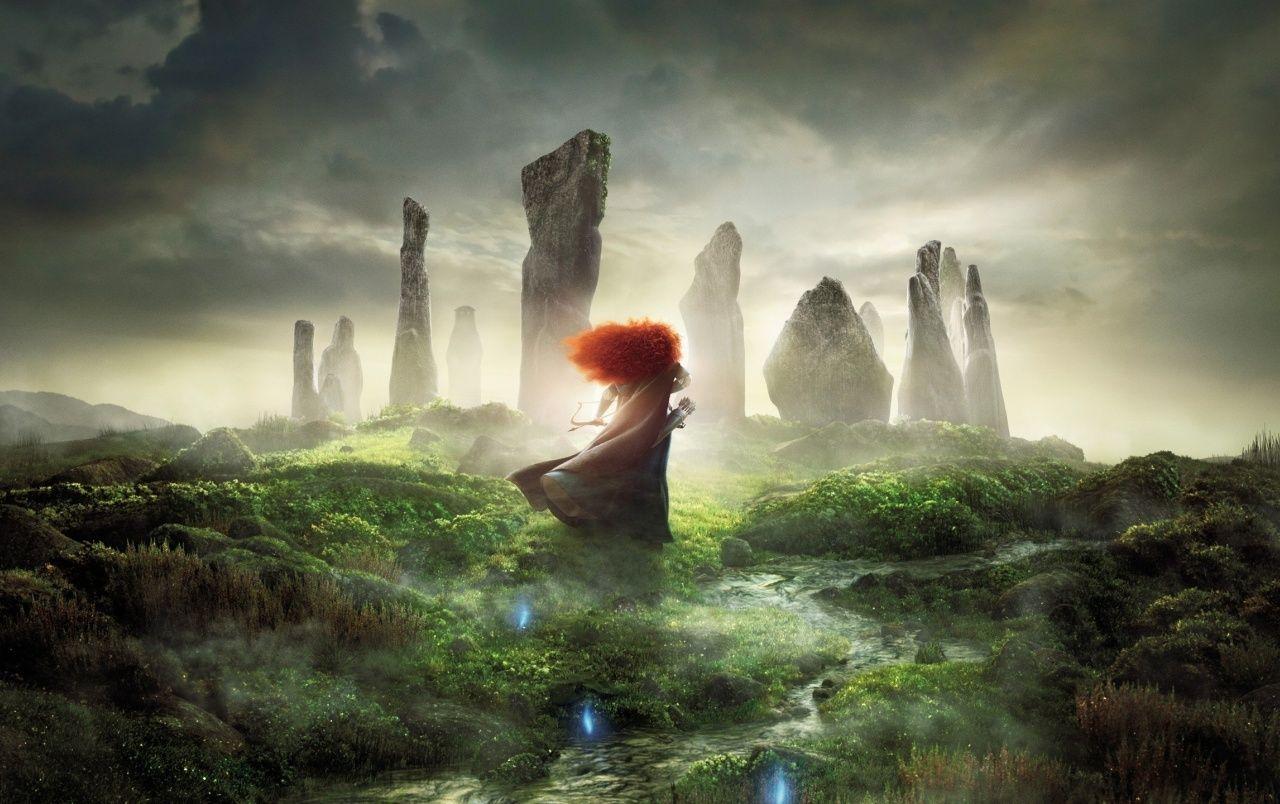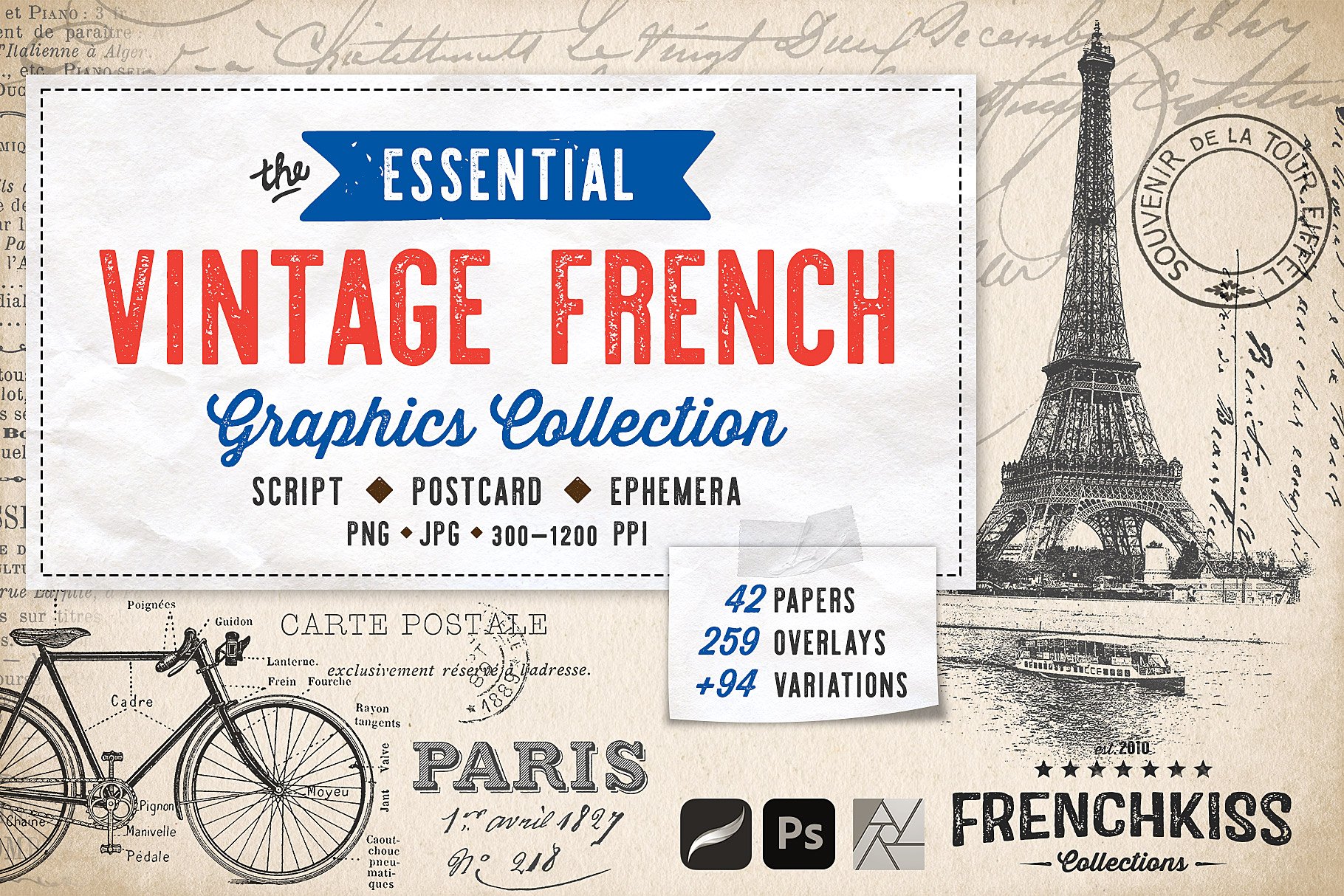vintage graphic
Vintage graphic
David Hockney’s A Bigger Book showcases a series of images that tell a story when viewed in sequence, much like a storyboard. This approach allows painters to explore temporal progression within their work, creating a more dynamic and engaging narrative experience for the viewer paesaggimigranti-17.com/ameristar-casino/.
used in genres like film noir and German Expressionism, have had a significant influence on painting. Dramatic lighting effects, such as chiaroscuro (the use of strong contrasts between light and dark), can add intensity and emotion to a composition. Painters use these techniques to create mood, highlight certain aspects of the painting, and direct the viewer’s attention.
Framed in a discussion between the characters Joe and Seligman, Lars von Trier informs almost every scene of his film with the idea of the lure. Seligman’s enthusiasm for fly fishing compares with Joe’s sexual lures to sate her own passions. But is Seligman what he seems to be? Joe constantly reminds him that she is not a good person, and that his sentiments will change once her story has been told. So to does director von Trier cast his own lure, with Seligman revealing his true nature once Joe completes her story.
Despite the nature of its existence, the artwork nevertheless plays a crucial role in the film. It begs the question: what does it mean when art is created for cinematic purposes? Julian Schnabel’s Basquiat is a famous example of this. Unable to show the works themselves due to copyright issues, Schnabel had to recreate Basquiat-inspired paintings for the film.

Vintage graphic
These three factors combine to create a vintage design that looks in some way historical or retro. For example, a designer can use 50s design elements such as fonts and mid-century illustration to give something a 50s art style or retro graphic design, and combine this with aged textures to give the impression of ageing.
“Vintage” designs typically have a “lived-in” or “grunge” texture, giving the design the appearance of having been around for a while. This is an easy shorthand for making your retro design look older than it is, but it doesn’t usually pair very well with the aforementioned Art Deco style.
3 Beautiful Brides Free Prints Vintage My favorite in this collection is the beautiful Fairy Bride. This fairy wears a flowing white gown with a veil. She is standing in the grass, and the cutest beetle is holding her train. This pretty print is a black and white etching with the prettiest yellow touches on her dress and green on the plants.

These three factors combine to create a vintage design that looks in some way historical or retro. For example, a designer can use 50s design elements such as fonts and mid-century illustration to give something a 50s art style or retro graphic design, and combine this with aged textures to give the impression of ageing.
“Vintage” designs typically have a “lived-in” or “grunge” texture, giving the design the appearance of having been around for a while. This is an easy shorthand for making your retro design look older than it is, but it doesn’t usually pair very well with the aforementioned Art Deco style.
Theatrical artwork
Playing on the notion of adventure and curiosity, David Teniers the Younger’s A Guard Room inspires a sense of innocence in its viewer while creating tension within its “stage” of events. The piece depicts a child exploring a guard house, very likely outside of adult supervision. The décor of the armor suggests it is used for military ceremonial purposes, further increasing both the playfulness and impending consequence of the boy’s presence. The theatrical nature of this piece plays on the actions of its subjects combined with a stage setting very suitable for mischief. Dynamic shadows are used to create a depth in the piece, furthering the sense of space in the manner that a theater stage is laid out. Certain portions are hidden from the viewer for the purposes of the subject. Just as a director would in a production, Teniers only shows you what you need to see to understand what is happening in the piece. Though more elaborate than some of the other examples, even the wide shot of the guardhouse can be thought of as being somewhat conservative, playing on the unknown to further the sense of mischievous adventure.
Garrick, in particular, paid close attention to artworks such as the Raphael cartoons (which were on public view at Hampton Court Palace) and developed a large repertoire of poses from them for the stage. This was key when it came to pioneering his bold, new style of acting.
Everyone can recognize the look of the theater stage. The lighting is dynamic with sharp contrast, the figures are starkly illuminated, and almost everything is exaggerated in some way, whether in costume or in gesture or both. The theatre carries a wonderful notion of story-telling and imagination with it that creates a framework for imagination. The dark curtains and raised platforms of the stage create the illusion that scenes that play before the viewer are in fact real, and that the audience is merely intruding on a story that would have happened regardless of whether or not they were listening in. This, to me, is the essence of the stage. In a sense, nearly all artistic arrangements of figures within a piece draw from the same principles that make up the ways in which a director would position actors within a scene. Paintings of interactions between people can be created to have an almost cinematic feel, drawing from that same notion that what is happening within the image would happen by itself, regardless of whether or not the viewer was there to see it. These images aren’t static; the events depicted are motion-oriented, and the viewer is almost always left wondering what might happen next within the scene. These works in particular create their own “stages”, where some of the details of the locale are shrouded through tenebrism or infinite space, placing more importance on the figures and their implied actions. This gallery is a collection of Renaissance and Baroque paintings that depict events happening within their own stages, alluding to the idea of being in theater.
The Roman Empire later adopted and adapted Greek theatrical traditions, further shaping the evolution of theater. As centuries passed, medieval European mystery plays and morality plays emerged, marking a shift from religious to secular themes.
